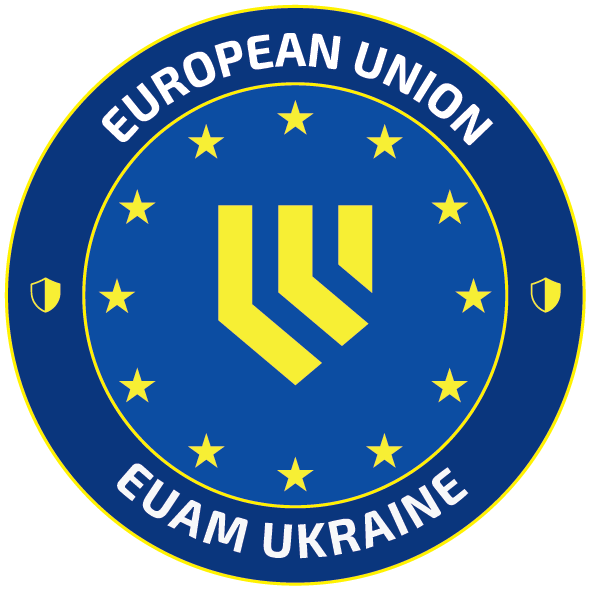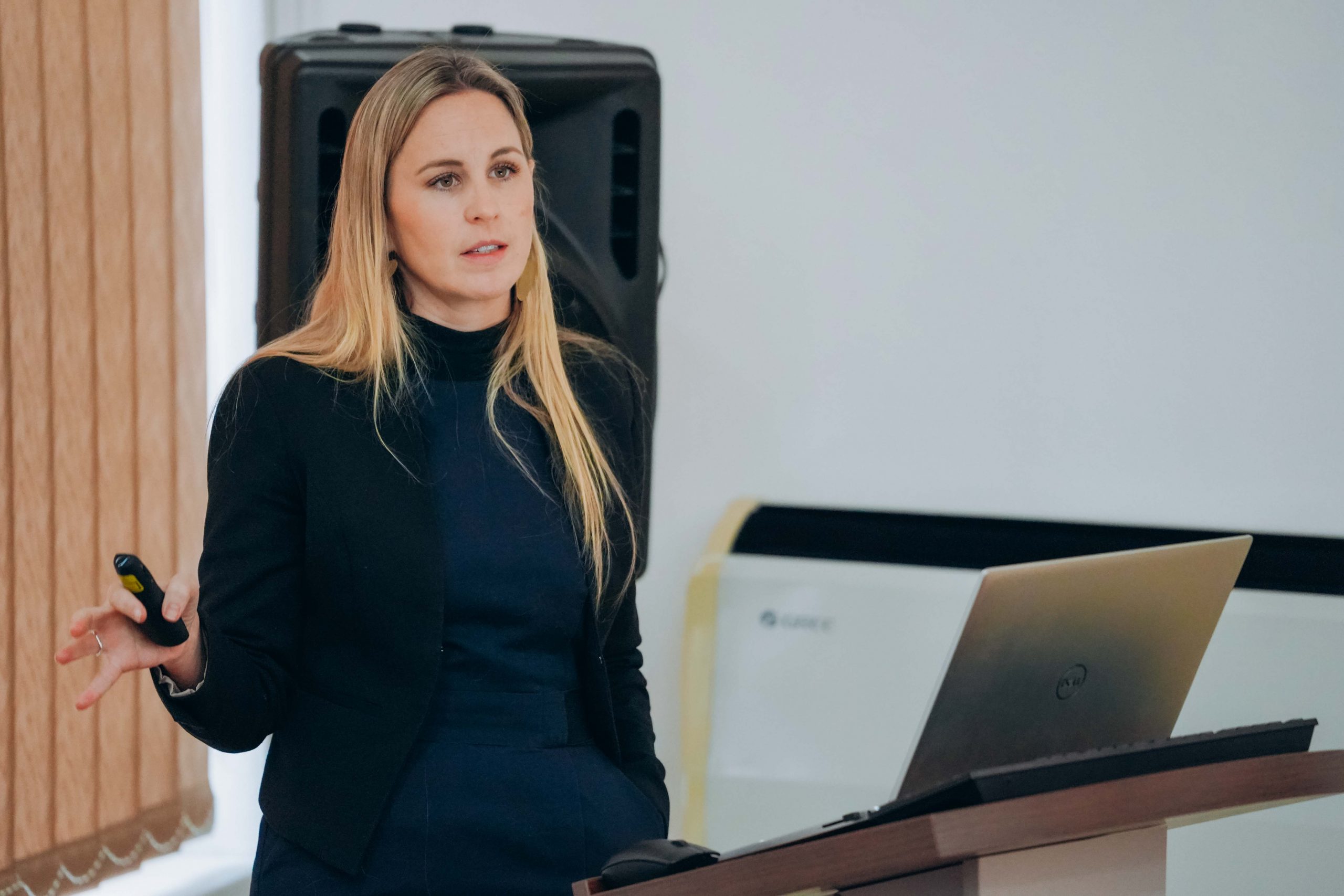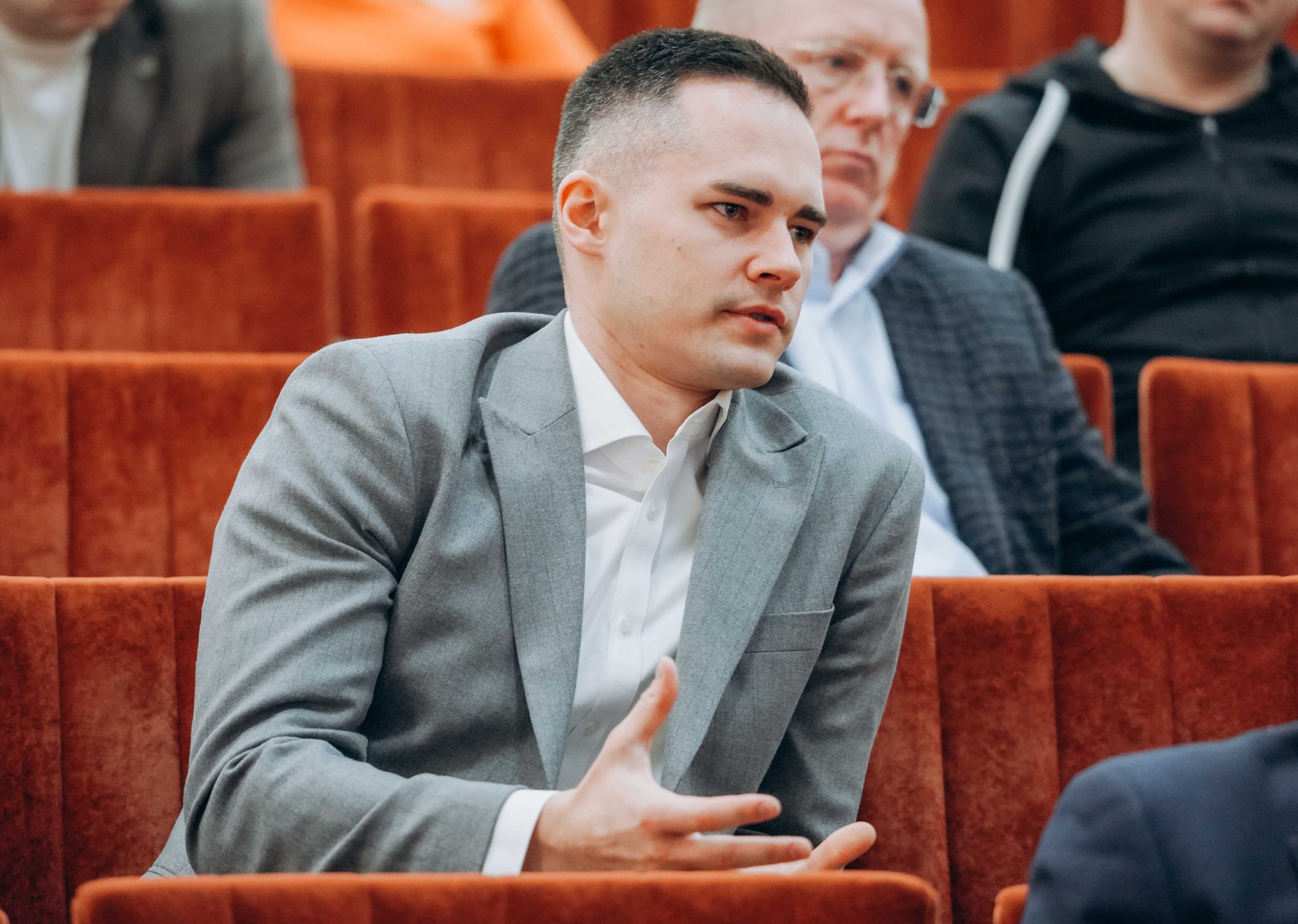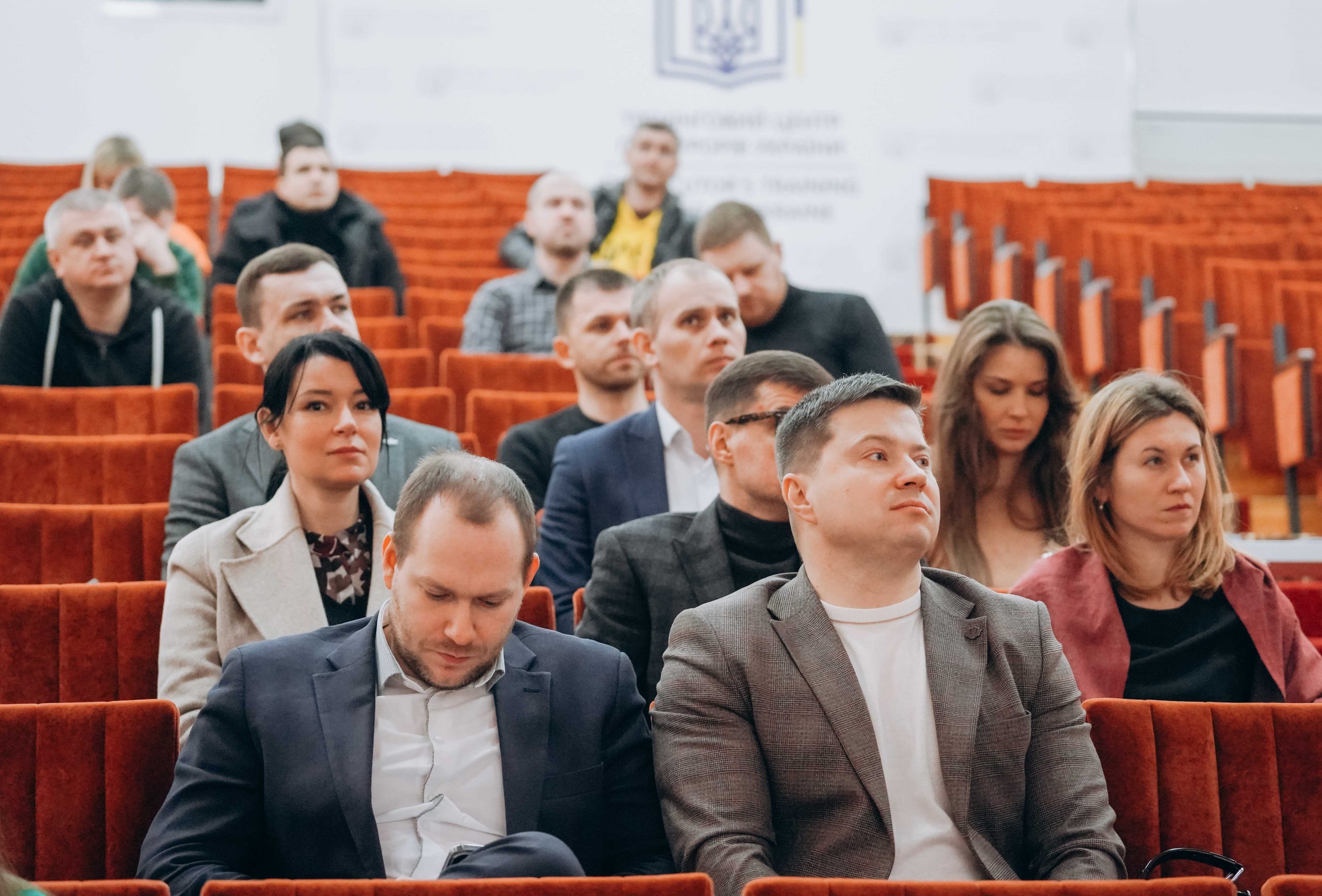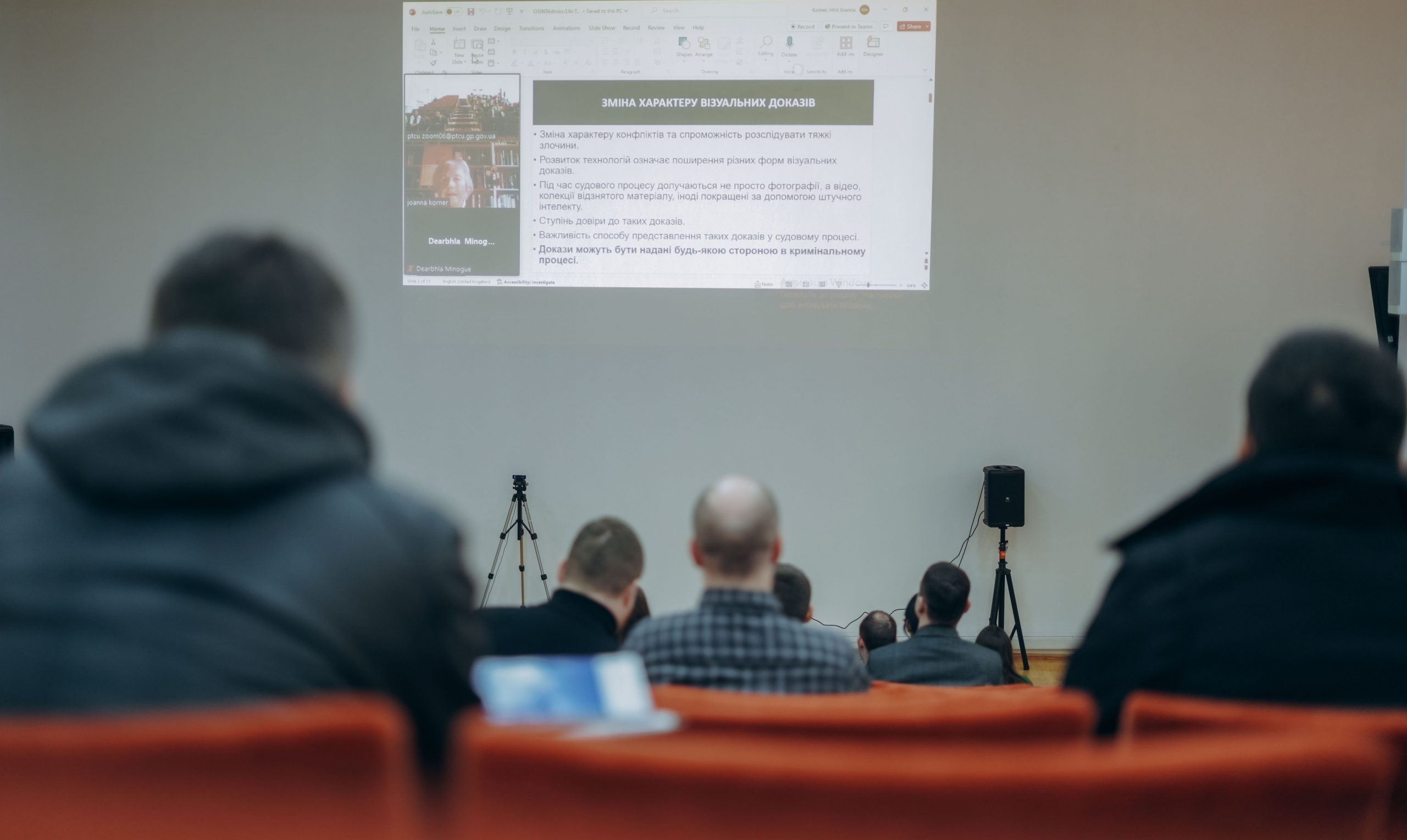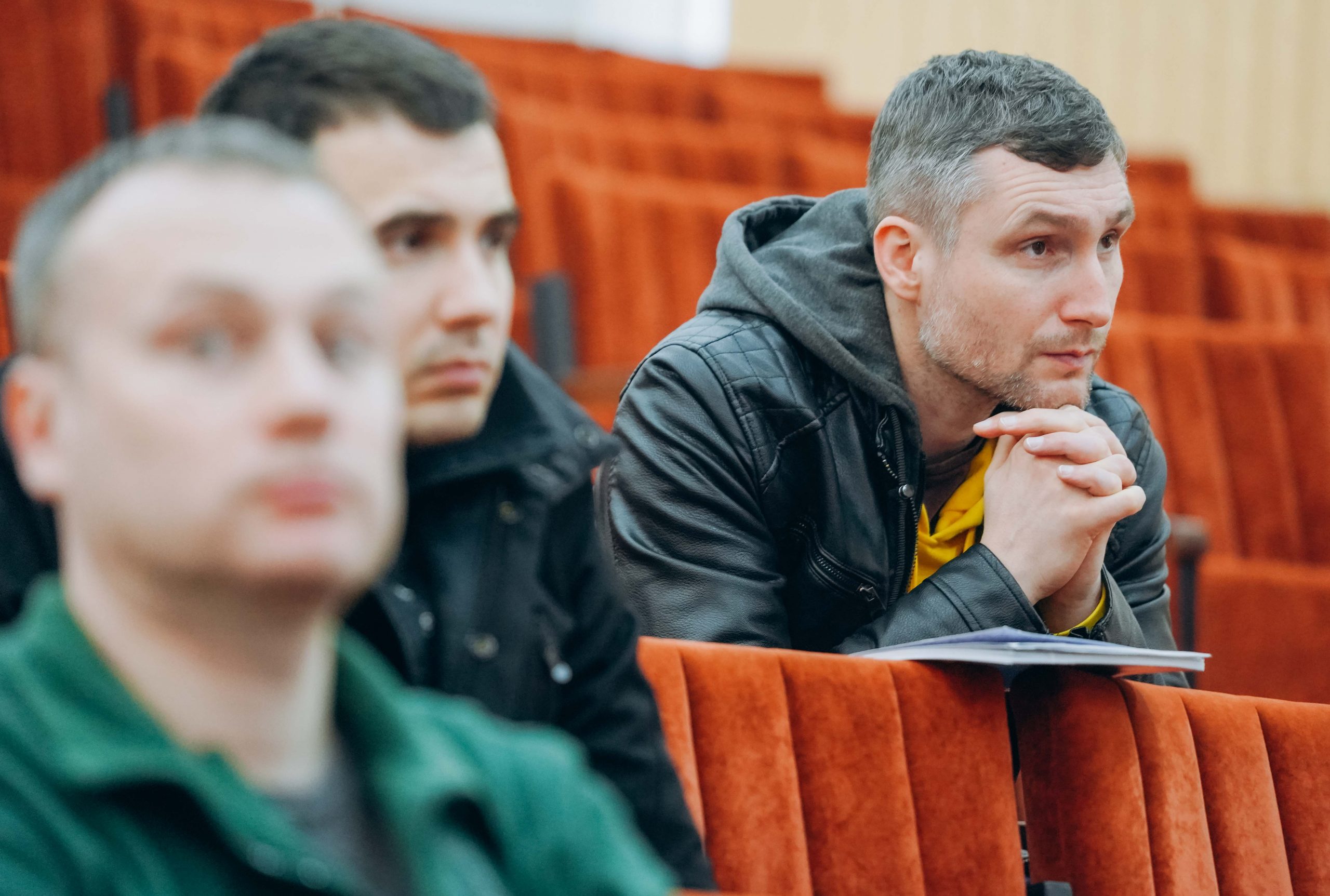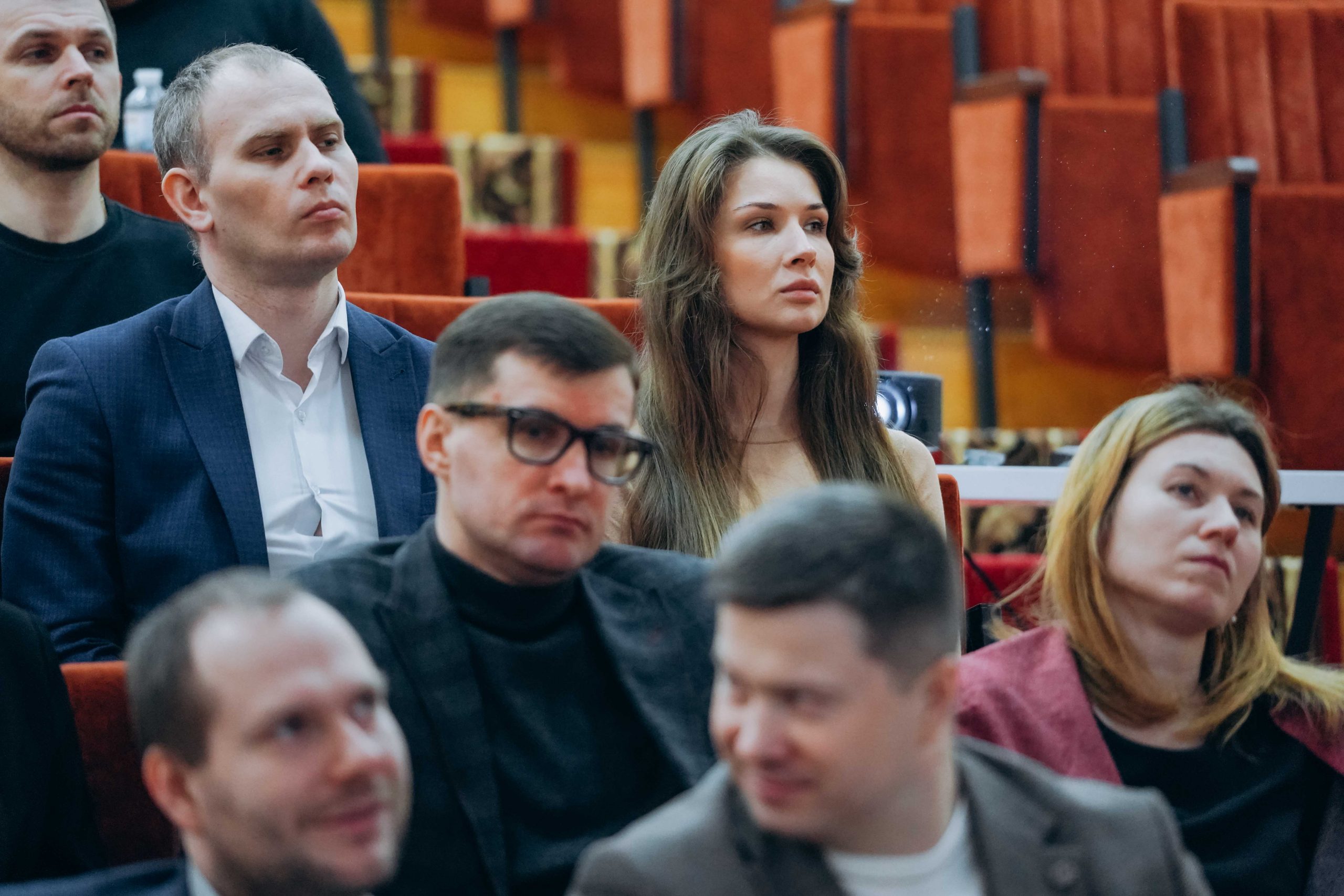OSINT Tools in the Pursuit of Justice in Ukraine
February 20, 2024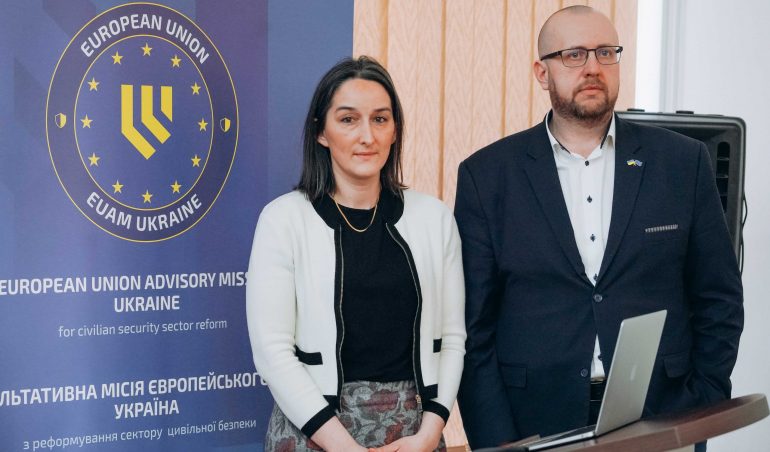
In the shadow of the ongoing unjustified and unprovoked Russian aggression, a new frontier in the battle for justice is emerging, not on the ground but in the digital realm. The meticulous examination of images and videos — whether it’s the aftermath of a rocket attack or the tragic evidence of executions — is becoming an indispensable tool in the arsenal of investigating and prosecuting war crimes. These photographs and videos, a testament to the unspoken horrors, carry the potential to pinpoint the origins of aggression and the precise moments of atrocities. This capability is not just academic; it embodies a beacon of hope for accountability in the wake of devastation that has claimed thousands of innocent lives.
Yet, this innovative approach raises a crucial legal question: Can information gleaned from open-source intelligence (OSINT) tools be admitted as evidence in court? This dilemma touches the core of Ukraine’s legal system, which maintains stringent criteria for admissible evidence in criminal proceedings. Despite the clarity in legislation, integrating open-source information into legal processes, especially those aimed at prosecuting Russian war crimes, remains a complex challenge.
Recognising the significance of OSINT in the legal arsenal against war crimes, the European Union Advisory Mission (EUAM) Ukraine, along with the Global Legal Action Network (GLAN), Bellingcat, and Eurojust, have taken a proactive stance. Last week, with the support of the Prosecutor’s Training Center of Ukraine, they organised workshops for legal practitioners, including representatives from the Office of the Prosecutor General, Kyiv Regional Prosecutor’s Office, the Supreme Court, the High Anti-Corruption Court, district courts, the Defence Skilled Attorneys Group and other defence lawyers.
The focus of these workshops extended beyond the mere introduction to OSINT tools. They involved comprehensive discussions on how such intelligence could meet legal standards for use in court. A highlight was the practical demonstration through a mock trial, co-developed with Bellingcat and the GLAN justice accountability unit, with the involvement of Joanna Korner, a Judge of the International Criminal Court. This exercise proved particularly enlightening, offering participants firsthand insight into the process of judicial acceptance of OSINT as evidence by an esteemed judge.
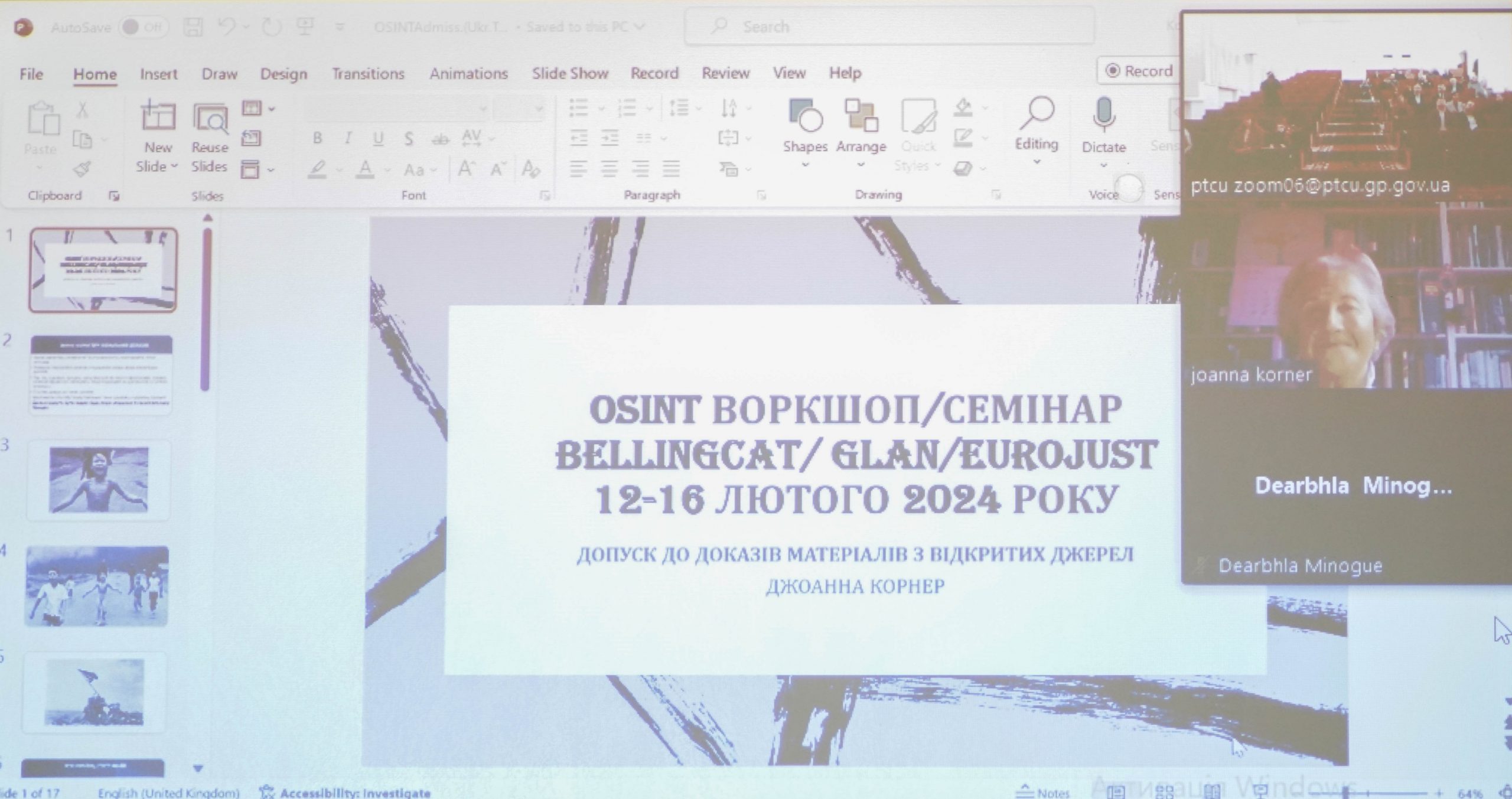
Also, the workshops shed light on the SIRIUS project, an EU-funded initiative aimed at facilitating cross-border access to electronic evidence and legal assistance. This aspect of the workshops underscored the international dimension of prosecuting war crimes, highlighting the importance of collaboration and legal innovation in tackling these complex issues.
These workshops are essential for integrating OSINT into Ukraine’s criminal justice framework. By educating key stakeholders on the operational and legal facets of OSINT, the training aimed to bridge the gap between traditional legal evidence and the burgeoning field of digital intelligence. The underlying goal was clear: to fortify the legal processes with robust, verifiable evidence that can withstand the scrutiny of judicial proceedings.
As Ukraine continues to navigate through the complexities of prosecuting war crimes amidst wartime, the role of OSINT emerges as a critical component. In this era of digital evidence and open-source investigations, the path to accountability may be paved with pixels and bytes that capture the stark realities of war. The initiative by EUAM Ukraine and its partners represents a significant step forward in ensuring that the pursuit of justice is as innovative and resilient as the spirit of the Ukrainian people.
